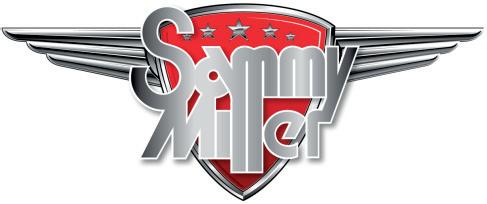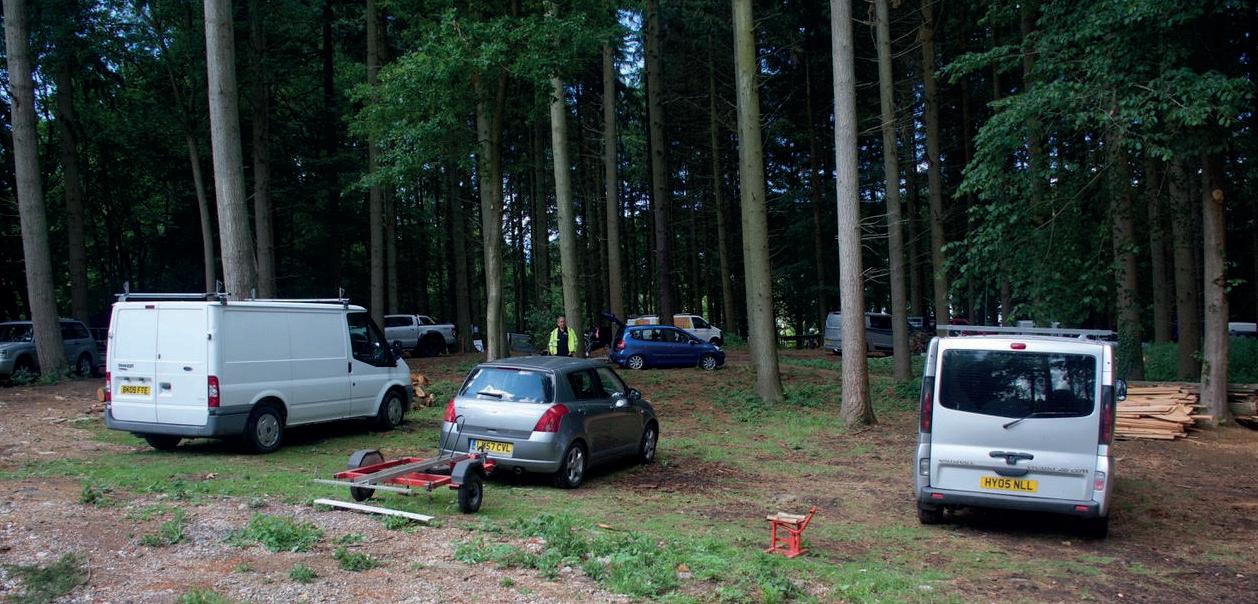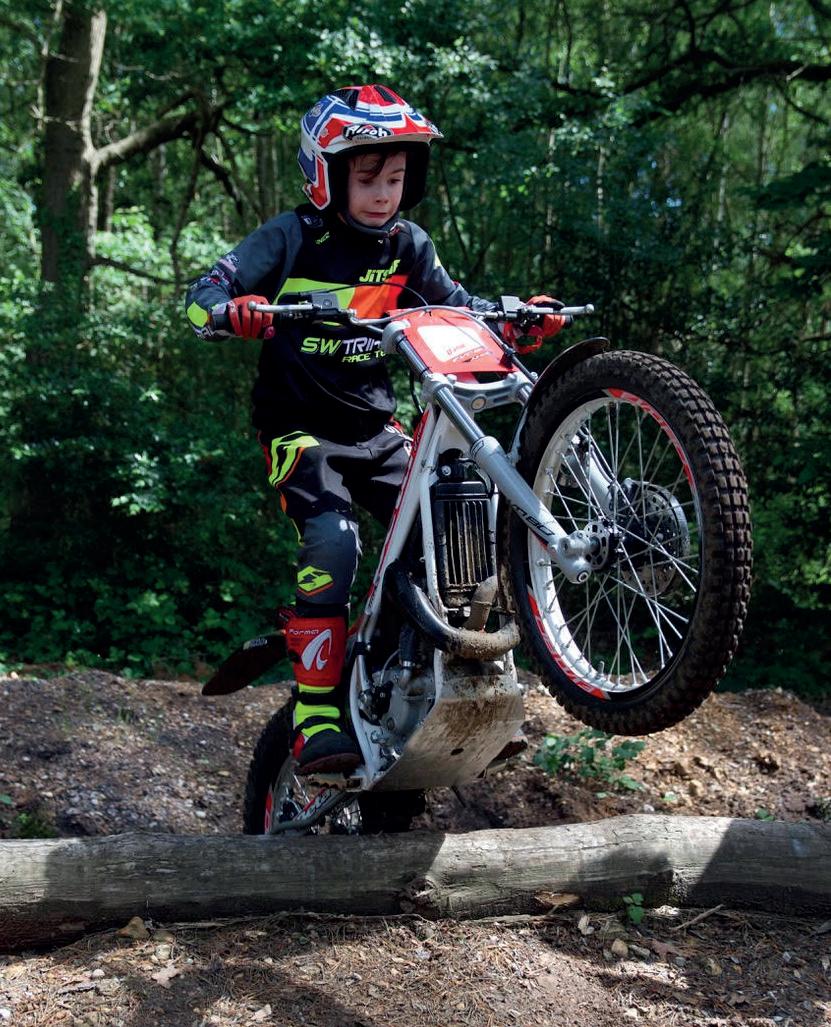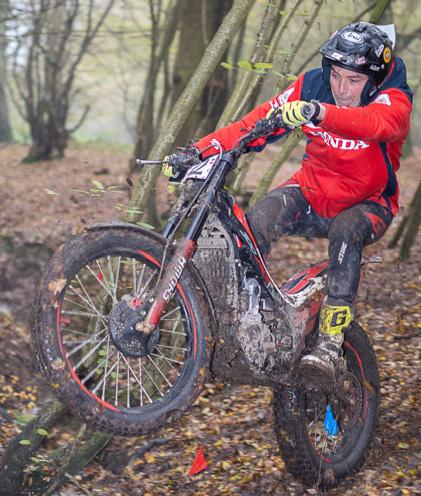
5 minute read
Trials of an Idiot – A Beginners Story
By Nigel Cooper
The human brain
Advertisement
I don't know whether you've ever watched some of those TV documentaries about the human brain? I find them fascinating, especially when the lessons are applied to how we learn. Note that I am not a psychologist, brain doctor, or have any known skills in the area of the mind! I'm actually a computer programmer and so tend to liken the brain to a CPU, which is an occasionally useful analogy.
One interesting point that I gathered was how much energy the brain takes when it is doing some really tough processing and how it likes to reduce that as much as possible by taking short cuts, or put another way, taking the lazy route! Images for example; to completely re-process every image that the eye sees all of the time would demand a lot from your brain. When it is bombarded with new images though it has to do a lot of that, which we find tiring. But when the surroundings are familiar, it can pull a "library" image and just annotate it with a few changes here and there. This is why we often miss small things that have changed in familiar scenes. So even our brains have their limitations and using existing data from memory is a quicker and less intensive process that our brains are used to using. This is what we need to develop for our trials riding; and the definition of an expert. When you look at an experienced trials rider doing something and making it look effortless, that's because, well, it is. S/he is pulling all of the information for body position, from hand movements, foot movements, body angle, weighting on the pegs etc. from memory because s/he has done this manoeuvre so many times before, the brain has previously calculated all of the variations and stored them away in a "lookup table" (computer analogy) for instant retrieval and application in the current situation. OK, so every section is different and the brain can't get an exact match, but it massively reduces the amount of realtime calculation that is needed. This leaves the rest of the brain power free to process other aspects of the manoeuvre and add the final gloss and detail needed to really nail the section.
Lesson 2
I won't bore you with the details of my purchase but after much advice to buy this, that and the other, either on Internet forums or mates who knew even less than me, and much scouring of eBay, I ended up with a 2011 Sherco 250. The last 2-stroke I owned was a little Suzuki GT200X5 back in the late 80's, which had a battery, an electric starter and two cylinders; this had none of those. And the last time I owned a one lung-er was my BSA C15 on which I passed my test way back in the 70's – and yes, it was ancient even then!
Thankfully, despite the lack of battery and electric start, the bike is easy enough to prod in to life. And once running I try tentatively riding up and down my close. The first lesson I learn is about the gearing. It's low, very low, in fact it's so low I think 1st, 2nd and 3rd are all lower than 1st gear on my road bike. This is confirmed when I decide to take it for a spin – 3rd gear is more than adequate for pulling away. In fact, more than once I scare myself somewhat in 1st gear because of its almost uncontrollable propensity to wheelie off the merest whiff of throttle. I decide that I'll leave 1st gear well alone for the moment and restrict myself to nothing lower than 2nd.
Due to my total lack of transport another angle on my purchase is that the bike needed to be road registered. The only car we have is my wife's Mini and I am barely allowed to drive that, let alone attach a tow bar. Fortunately, Hookwood Trials Centre is only about 4 miles away and I reckon it won't be a problem getting up there. However, before I get that far I take the bike along to an even closer railway station car park on a quiet Saturday afternoon. There's a makeshift NetworkRail depot at the far end and bits and pieces of junk lying around, including a couple of old road cones. I position these a little way apart and try riding around them in the classic figure of eight. What I realize is that throttle and clutch control require a finesse at least one order of magnitude greater than I am capable of delivering. I quickly tire in my forearms and the thumb joint of my left hand. I move on to very gentle wheelies, something I've never mastered on road bikes and generally left well alone. These actually aren't as ugly as I was expecting.
Staying in second gear and keeping well away from the clutch it's reasonably easy to loft the front wheel, although this only remains airborne for a few moments. Having not really given it a thought, I've left the number plate attached to the rear mudguard and without realizing it this has become entangled with the rear wheel at some point and tucked under, which has left a rather nasty score mark on top; oh well, I'm glad I'm riding a 7 year old bike and not a new one.
So what can I summarise from these early encounters with a trials bike that any other newbies reading this should know?
• Don't buy a brand new bike, but also nothing too old such that you'll spend more time fixing it than riding it. It appears that lots of riders change their bikes every 2-3 years, and are often available for £2-3000 off list; 5 years old even cheaper. The model is unimportant, it is simply a tool for acquiring skills, but I would strongly recommend avoiding a 300; it will make your initial practice that much harder.
• You don't need a full blown trials centre for your early practice. Just a flat area and maybe some cones or flags and you can quickly expose your own limitations. Do give consideration to anyone living nearby though; the noise isn't everyone's cup of tea.
• Persevere, persevere, persevere! Learning trials is like invention – 1% inspiration and 99% perspiration. I would liken it to learning to play a musical instrument; practice really does make perfect, I'll talk more about that in my next article.
• Watch out for that 1st gear. I liken it to having a stick of dynamite under your right wrist; stick with 2nd gear early on; this will force you to use more clutch control when doing slow riding, which is not a bad thing anyway.







